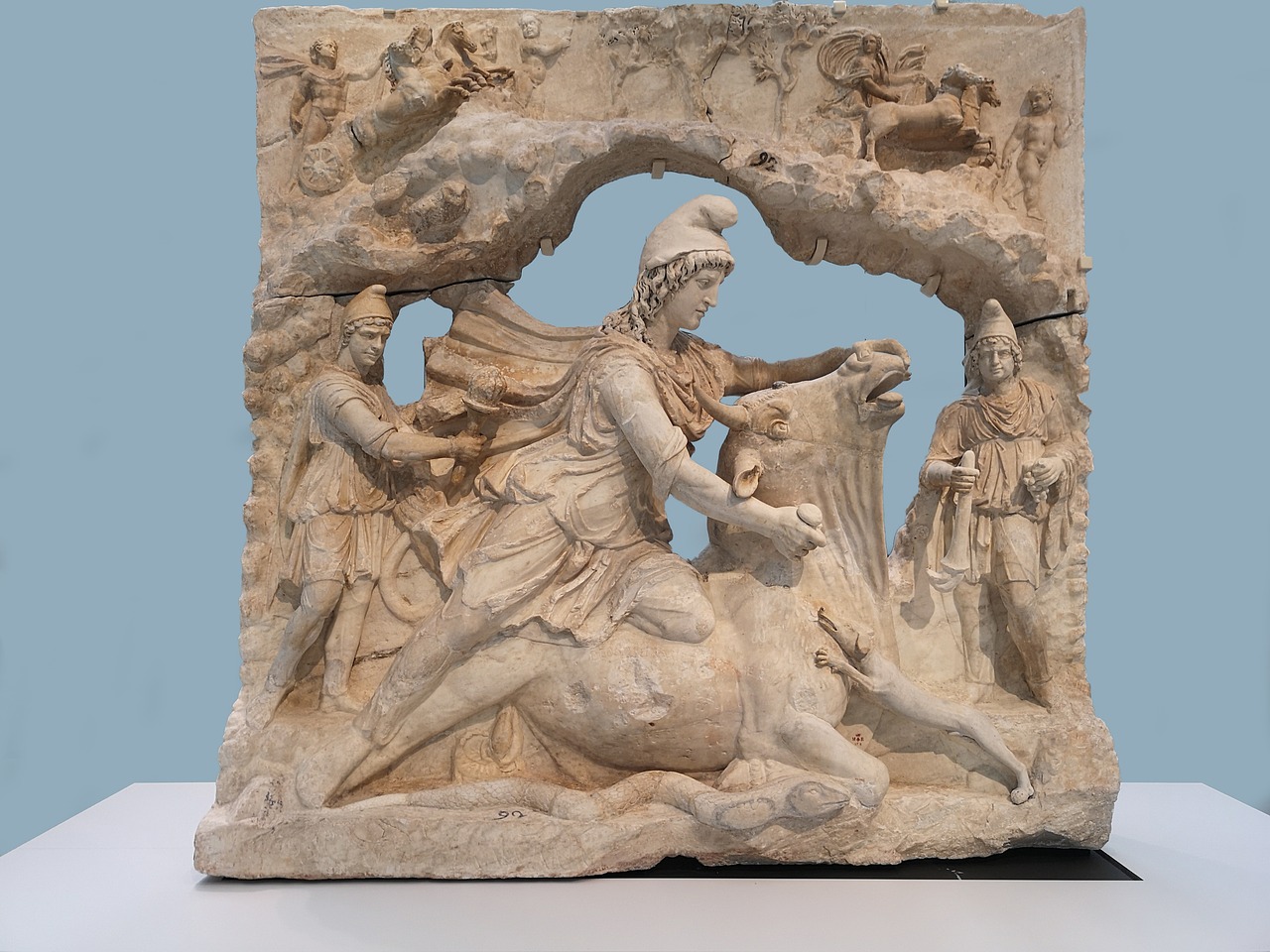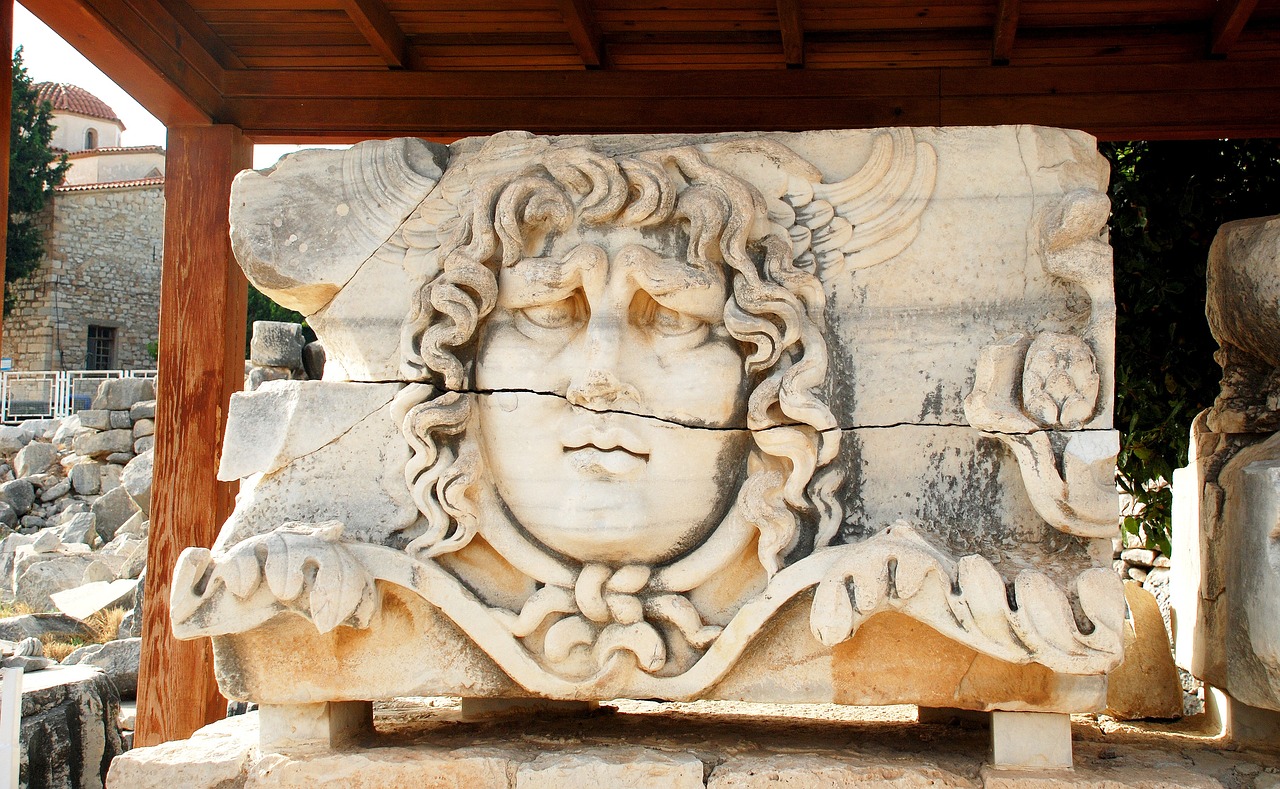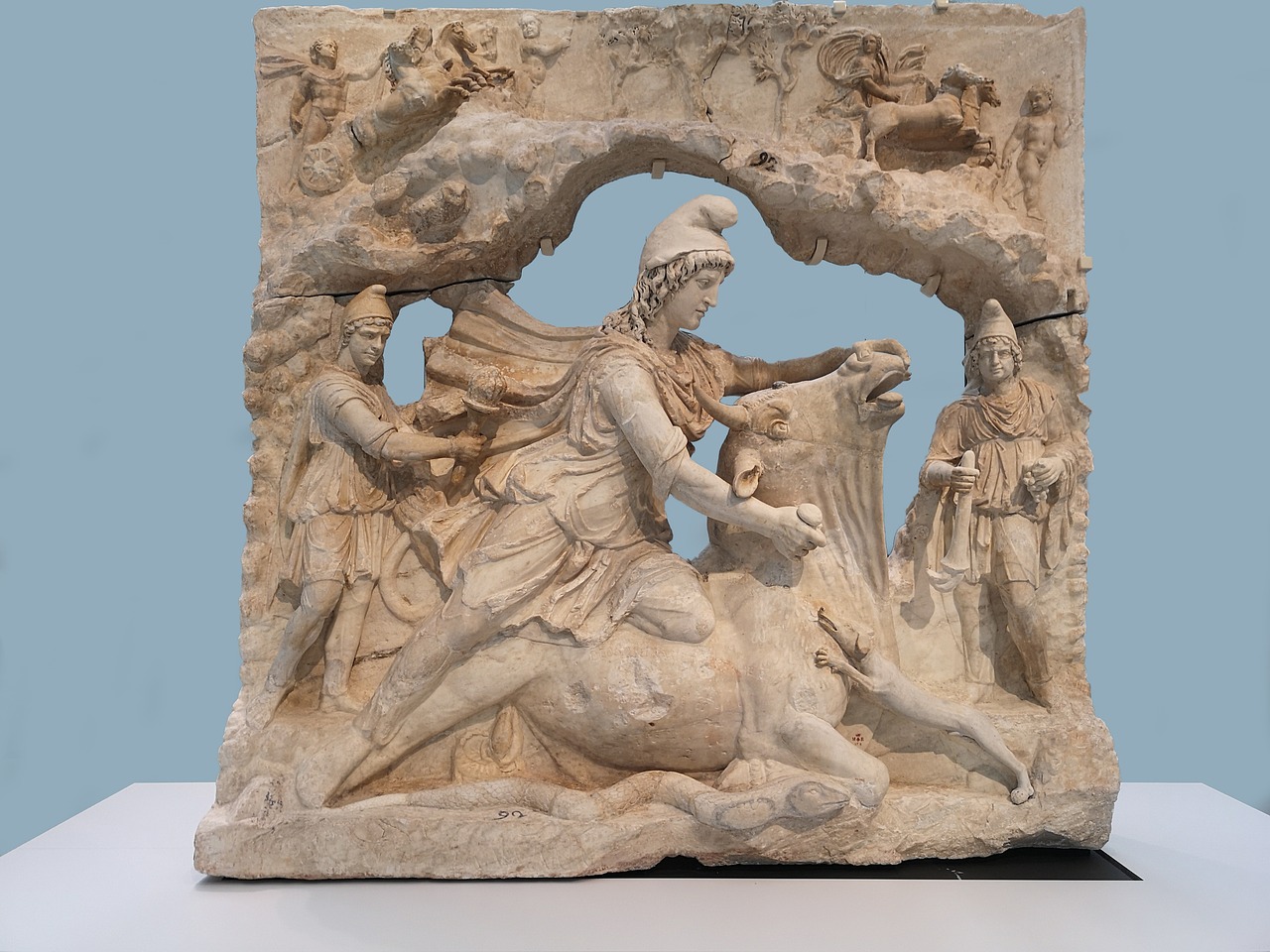Tag: Roman Empire
-
Ernst Renan, the distinguished 19th-century historian and philologist, posits a thought-provoking “what if” scenario: Had the Roman Empire not embraced Christianity, it would likely have adopted Mithraism instead. This contentious idea resonates within the dystopian narrative of Raised by Wolves, illustrating how the Mithraic cult has endured as a focal point for a diverse range…
-
The phrase “Pax Romana,” translating to “Roman peace,” denotes a significant era from 27 B.C.E. to 180 C.E. within the Roman Empire. This remarkable 200-year span was marked by notable tranquility and economic growth across the Empire, which extended from England in the north to Morocco in the south, and reached as far east as…
-
Mithraism: An Enigmatic Cult in the Roman Empire Mithraism, an intriguing cult religion, thrived within the Roman Empire from the 1st to the 4th centuries CE. This secretive belief system presents challenges for historians due to the sparse and often biased records that remain. The insights gained from archaeology enhance our comprehension of Mithraism, yet…
-
The Roman Empire, a monumental ancient civilization, was established in 27 BCE in the city of Rome after the fall of the Roman Republic. It persisted until the decline of the Western Empire in the 5th century CE. Here is a condensed overview of this vast empire, while a more comprehensive exploration can be found…
-
In the 1st century AD, a novel religious movement took root within the Roman Empire, dedicated to the veneration of Mithras. This religion, rooted in a Roman interpretation of the Indo-Iranian god Mithra, attracted followers who were thought to engage in esoteric rituals and possessed insight into the universe’s enigmatic wisdom. The emergence of Mithraism…
-
After enduring a tumultuous period marked by political instability, civil conflicts, and the assassination of key figures, the Roman Republic ultimately fell, giving way to an era of significant peace and prosperity known as the Pax Romana, or “Roman Peace.” This phase commenced with Augustus ascending as the first emperor of Rome in 27 B.C.…
-
After enduring years of political turmoil, civil strife, and the assassinations that led to the fall of the Roman Republic, Ancient Rome experienced a period of notable peace and stability referred to as the Pax Romana, which means “Roman Peace.” This transformative era began in 27 B.C. with Augustus emerging as the first Roman emperor…
-
The Roman Empire, an ancient civilization that emerged from the city of Rome, arose in 27 BCE after the fall of the Roman Republic and persisted until the eventual decline of the Western Empire in the 5th century CE. This overview provides a succinct account of the Roman Empire’s history, with a more in-depth exploration…
-
The term “Pax Romana,” translating to “Roman peace,” denotes a significant epoch from 27 B.C.E. to 180 C.E. within the Roman Empire. This remarkable 200-year era witnessed extraordinary tranquility and economic growth throughout territories extending from Britain in the north to Morocco in the south, and Iraq in the east. During the peak of the…
-
Following centuries marked by political turmoil, civil wars, and assassinations leading to the disintegration of the Roman Republic, Ancient Rome experienced a significant period of peace and prosperity known as the Pax Romana, or “Roman Peace.” This era commenced with Augustus’s rise to power as the first emperor in 27 B.C. and continued until the…









